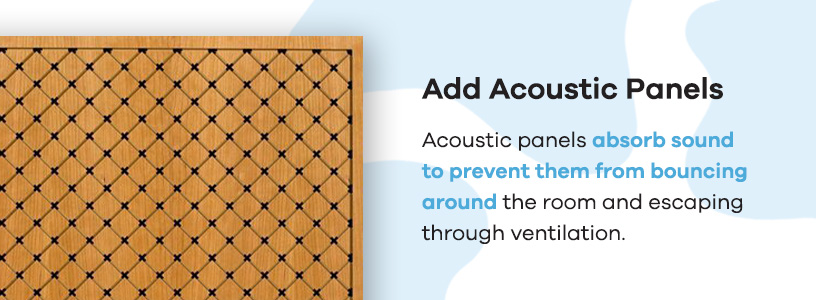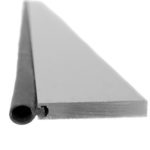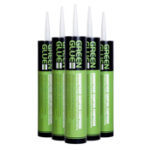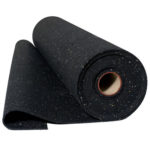
If you have been dealing with disruptive vibrations and noises from your furnace closet, it is time for a change. Any vibrational energy and sounds can be heard outside without proper soundproofing. Soundproof the room with your heating equipment and make your place more peaceful.
Understanding the Main Classifications of Furnace Closet Noises
Before exploring how to reduce noise from the furnace with the right soundproofing technique, it is crucial to determine the type of noise. Here are two types of noises you may experience from a furnace room:
- Impact noise: When objects come into contact with one another, they create vibrational energy that turns into sound. One example is when the furnace is operating, vibrations and sounds go through the closet’s walls and floors.
- Airborne noise: If there are no vibrations and physical movements, it means the noise is traveling through the air. Room-to-room noise and a rush of air through the vents are the most common airborne sounds in the furnace closet.
How to Reduce Furnace Noise Effectively
Anywhere that air passes through is a possible passage for sound waves. Follow these steps to reduce the transfer of noise from your furnace closet:
1. Use Door Seals and Sweeps
While a solid core door is one of the best ways to stop sound waves from creating unnecessary noises, some alternatives may fit your current situation. If you do not have the budget to buy a new door for your furnace closet, use door seals and sweeps to reduce noise. Some of these materials are made of silicone and heavy-duty aluminum to block unwanted sounds.
2. Get a Soundproofing Kit
Close the bottom gap effectively with a complete soundproofing kit that includes a door sweep, perimeter seal, acoustical sound sealant, and other relevant accessories. The acoustic sealant is useful in closing open gaps. Use this set of soundproofing essentials to keep the vibrations and airborne sound waves inside the furnace room.
3. Add Acoustic Panels
After soundproofing your doors, it is time to line the closet’s walls with acoustic panels. The panels are excellent at absorbing sound waves helping to keep sound inside the furnace closet. Depending on the materials used, the acoustic panels absorb the sounds to prevent them from bouncing around the room and escaping through ventilation.
There are various acoustic panel types, including fabric-wrapped and perforated surfaces. Fabric-wrapped panels are highly recommended because of their Class A flammable rating, the most stringent standard for building materials.

4. Improve Wall Density
Adding density to the closet wall improves the overall soundproofing performance. Installing a second layer of drywall on your existing wall with a damping compound increases density and reduces vibrations. This noise-proofing glue improves sound isolation by dissipating vibrations. Before improving the walls, ensure there is enough clearance inside the closet. Sometimes, this method is not practical, especially in small spaces.
5. Decouple the Furnace From the Floor
After improving the walls, the floor can still transfer vibration noise. To minimize the impact of vibration noise from the closet, add flooring underlayment to isolate the noise.
Flooring Underlayment can be used on wood and concrete subfloors. You can install the isolation material under hardwood, laminate, or tile to decouple the furnace from the ground and prevent the vibrations from traveling through the floor.
Soundproof Your Furnace Closet With Soundproof Cow
Count on Soundproof Cow to deliver premier soundproofing solutions for your furnace closet. We offer a wide range of options for acoustic and sound reduction. Explore our soundproofing products or get in touch with our experts online for additional assistance.









